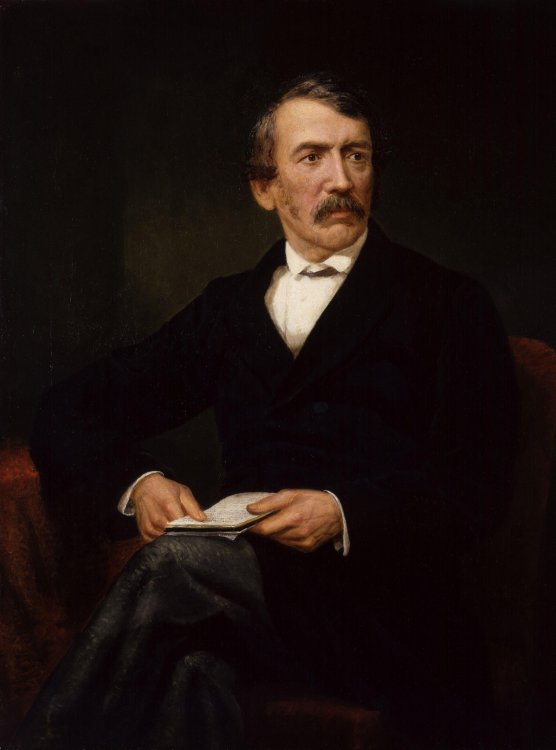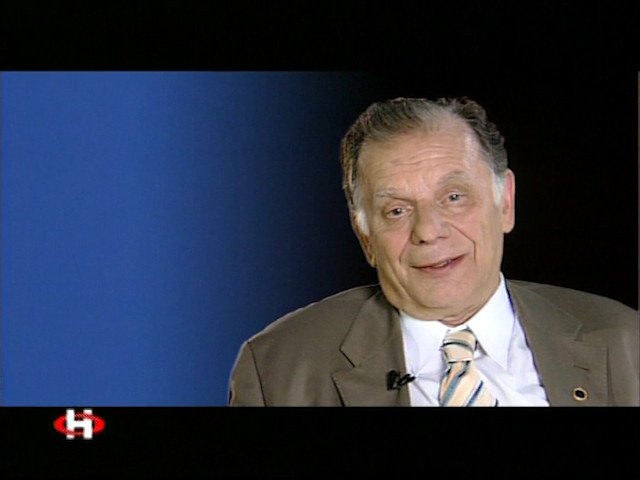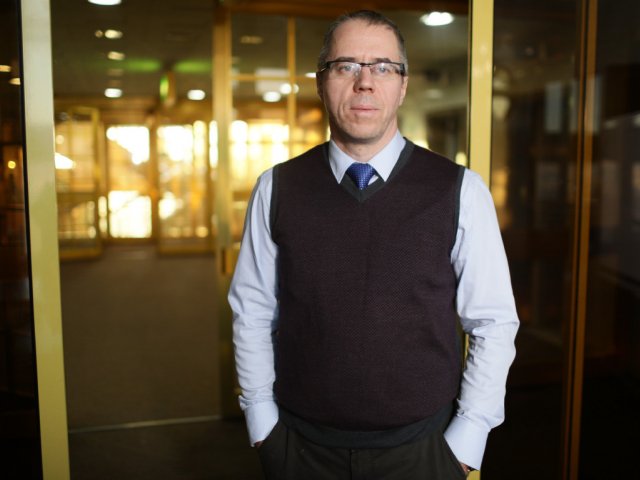Official:
David Livingstone. March 19, 1813 – May 1, 1873. Outstanding explorer of Africa.
Life and Work:
1. Near the Victoria Falls in Zimbabwe, there is a monument depicting a man wearing too much clothes for the local climate. The fully clad portly Brit is David Livingstone. The monument was erected on merit: it was Livingstone who discovered South Africa for Europeans and filled the blank spots on its map.
2. “I shall open up a path into the interior [Africa], or perish,” declared Livingstone, and achieved his goal. His heart is in Africa forever: Livingstone found rest in Westminster Abbey in London, while his heart is buried near the African village of Chitambo.
3. David Livingstone was born in 1813 in Blantyre near Glasgow to a family so poor that he was forced to work from the age of ten. From six in the morning until eight in the evening, young David worked at a cotton mill.
4. Another person would think of nothing but sleep, but not Livingstone: “Having received my weekly earnings,” he wrote, “I bought myself a Latin grammar [...] then attended school from 8 to 10 pm, and also worked with the lexicon until midnight, until my mother would take my books away.” Thus, he learned Latin, Greek, and mathematics on his own.
5. The knowledge he gained was enough to enter the university, and while continuing to work, Livingstone studied to become a theologian and a doctor. Sometimes he would put s book on the very machine he was working on – this ability to ignore the situation would later be vey useful to him on his travels.
6. He set off for his first expedition at the very end of 1840. To do this, Livingstone obtained the missionary status.
7. He spent the next fifteen years constantly traveling across South and Central Africa; in thirty-three years, he traveled 50,000 kilometers across Africa, mostly on foot.
8. Livingstone learned languages quickly and respected the local population – he even named the geographical objects he discovered just as the natives called them. He was the first known person to speak out strongly in defense of the black African population.
9. Only the waterfall on River Zambezi Livingstone named after the reigning British Queen, Victoria.
10. Livingstone described the waterfall he saw for the first time very figuratively: as a monstrous curtain of snow driven by a blizzard.
11. In 1845, Livingstone married Mary, a daughter of a fellow missionary, Moffat. Their wedding trip was a 35-kilometer trek through the desert in an ox-driven wagon. The faithful Mary accompanied Livingstone on his travels, bore him four children, and died of malaria in one of the expeditions.
12. After his wife’s death, Livingstone stubbornly continued his work: spreading Christianity, commerce and civilization, searching for trade routes, and discovering geographical objects.
13. In addition to Victoria Falls, the Great Lion, as the Africans called Livingstone, discovered Lake Nyasa and five other large African lakes, explored and described famous rivers and lakes, searched for river sources and crossed Africa from the Atlantic to the Indian Ocean.
14. When Livingstone fell seriously ill, and letters from him stopped coming to his homeland, an expedition was sent to search for the explorer.
15. “I would have run to him, only I was a coward in the presence of such a mob – would I have embraced him, only, he being an Englishman, I did not know how he would receive me.” Then the journalist and traveler Henry Morton Stanley, who found Livingstone in the village of Ujiji on the shore of Lake Tanganyika, uttered the phrase that became world-famous: “Dr. Livingstone, I presume?”
16. When there was a campaign in Zambia to replace English names, only one city retained its name, Livingstone.
17. The mineral livingstonite – a double sulfide of mercury and antimony – is named after Livingstone. The University of Florida is named after him as well.






















